Reports
01.06.12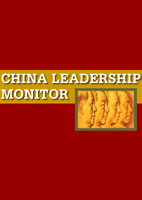
Taiwan Elections Head to the Finish: Concerns, Cautions, and Challenges
He Jianan
China Leadership Monitor
Two major political developments in recent weeks have played an important role in Taiwan’s presidential election: Tsai Ing-wen’s visit to Washington and the problems she encountered convincing American officials she has a workable formula to manage...
Reports
01.06.12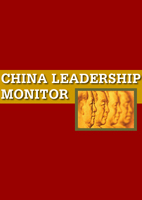
Liu Yuan: Archetype of a “Xi Jinping Man” in the PLA?
China Leadership Monitor
Liu Yuan and Xi Jinping clearly share a great deal in common. Both were born to senior CCP cadres, and are members of the elite “princelings” cohort. Yet both men’s fathers were subjected to purge and mistreatment during the late Mao era, and both...
Reports
01.06.12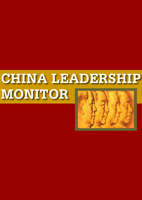
Macroeconomic Policy to the Forefront: The Changing of the Guard
He Jianan
China Leadership Monitor
Worries continue to swirl around the Chinese and global economies, and China’s growth is slowing at the end of 2011. However, the news from China in the third quarter of 2011 was basically positive: inflationary pressures eased while growth slowed...
Reports
01.01.12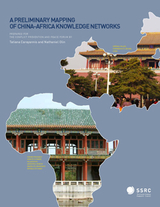
A Preliminary Mapping of China-Africa Knowledge Networks
The Social Science Research Council
Given the growing importance of Chinese engagement in Africa, over the past year, the Conflict Prevention and Peace Forum (CPPF) of the SSRC has expanded its research engagement and policy outreach on China-Africa. The origins of this preliminary...
Reports
11.16.11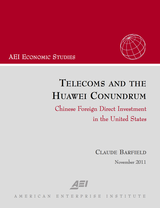
Telecoms and the Huawei Conundrum
American Enterprise Institute for Public Policy Research
The Chinese company Huawei has emerged as the second-largest telecommunications equipment company in the world. It operates in 140 countries around the globe, providing equipment, software, and services to forty-five of the world’s fifty largest...
Reports
11.10.11
Taiwan and East Asian Regionalism
American Enterprise Institute for Public Policy Research
With a population of only 23 million, Taiwan boasts a gross domestic product of $822 billion, which ranks 19th among the world’s economies. It is the fourth largest economy in Asia. Real GDP per capita increased by roughly 130 percent from 1995 when...
Reports
11.03.11
Foreign Direct Investment, Corruption and Democracy
American Enterprise Institute for Public Policy Research
How do factors such as corruption perception and the level of democracy influence foreign direct investment to developing economies? The authors of this paper suggest that less corrupt countries and less democratic countries receive more foreign...
Reports
11.01.11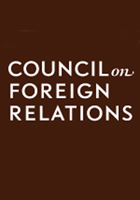
Internationalizing the Renminbi and China’s Financial Development Model
He Jianan
Council on Foreign Relations
Internationalization was a spontaneous outcome of the marketplace for the rest of the world’s major currencies, but China is breaking with history by making it official policy to steer the renminbi on a path toward reserve currency status. However,...
Reports
11.01.11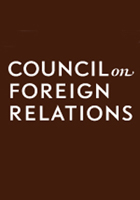
Historical Precedents for Internationalization of the RMB
He Jianan
Council on Foreign Relations
The twentieth century saw the rise of the US dollar, the German mark, and the Japanese yen as international currencies. Now the Chinese renminbi is on a similar course toward reserve currency status, but its path is deviating from those of its...
Reports
11.01.11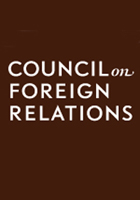
The Future of International Liquidity and the Role of China
He Jianan
Council on Foreign Relations
Financial crises in the 1930s and 1970s showed the world that economic instability results when demand for international liquidity allows a small number of countries to run up massive debts in their own currencies. Named for the economist who first...
Reports
11.01.11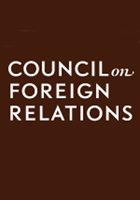
The Internationalization of the RMB: Opportunities and Pitfalls
He Jianan
Council on Foreign Relations
China is making swift strides toward internationalizing its currency, the renminbi, but it must be careful when sequencing these changes. Without the proper reforms, wide-open Chinese financial markets would be vulnerable to massive flows of foreign...
Reports
11.01.11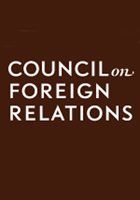
What Drives CNH Market Equilibrium?
He Jianan
Council on Foreign Relations
The recent rapid growth of the offshore renminbi market presents a puzzle for analysts of China's development strategy. By allowing renminbi to flow offshore uncontrolled before loosening government controls over internal financial markets,...
Reports
11.01.11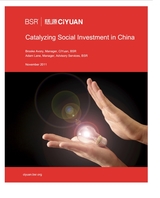
Catalyzing Social Investment in China
BSR
In May 2008, an earthquake hit the western Chinese province of Sichuan, taking 80,000 lives and displacing millions of others. The earthquake inspired an increase in donations from RMB13.3 billion in 2007 to RMB76.4 billion in 2008 and highlighted...
Reports
10.25.11
The Asia-Pacific Economic Cooperation (APEC) Meetings in Honolulu: A Preview
Peony Lui
Congressional Research Service
The United States will host the Asia-Pacific Economic Cooperation’s (APEC’s) 19th Economic Leaders’ Meeting in Honolulu, HI, on November 12 & 13, 2011. APEC was founded in 1989 to facilitate trade and investment liberalization in the Asia-...
Reports
09.30.11
China-U.S. Trade Issues
Peony Lui
Congressional Research Service
U.S.-China economic ties have expanded substantially over the past three decades. Total U.S.-China trade rose from $2 billion in 1979 to $457 billion in 2010. Because U.S. imports from China have risen much more rapidly than U.S. exports to China,...
Reports
09.28.11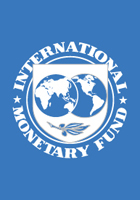
Hong Kong’s Recovery from the Global Financial Crisis
International Monetary Fund (IMF)
Hong Kong’s economy was severely affected by the global financial crisis (through both trade and financial channels). A recovery is now underway, fueled by growth on the Mainland, supportive policies, and accommodative monetary conditions imported...
Reports
09.28.11
Market Integration in China
World Bank
Over the last three decades, China's product, labor, and capital markets have become gradually more integrated within its borders, although integration has been significantly slower for capital markets. There remains a significant urban-rural...
Reports
09.28.11
Growth Poles and Multipolarity
World Bank
This paper develops an empirical measure of growth poles and uses it to examine the phenomenon of multipolarity. The authors formally define several alternative measures, provide theoretical justifications for these measures, and compute polarity...
Reports
09.26.11
China’s Holdings of U.S. Securities: Implications for the U.S. Economy
Peony Lui
Congressional Research Service
Given its relatively low savings rate, the U.S. economy depends heavily on foreign capital inflows from countries with high savings rates (such as China) to meet its domestic investment needs and to fund the federal budget deficit. The willingness...
Reports
09.21.11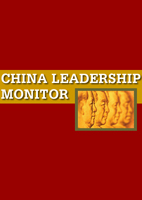
China’s Assertive Behavior
He Jianan
China Leadership Monitor
The authors of this essay examine Chinese assertiveness concerning U.S. political and military behavior along China’s maritime periphery. This topic inevitably also concerns Chinese behavior toward Japan, South Korea, and some ASEAN nations, given...



